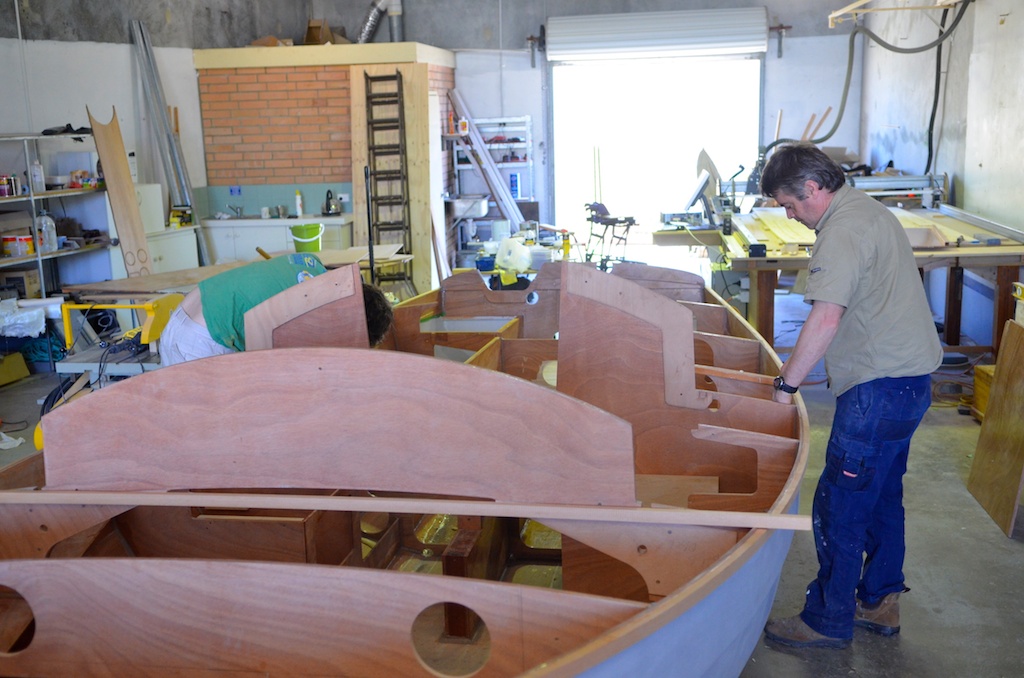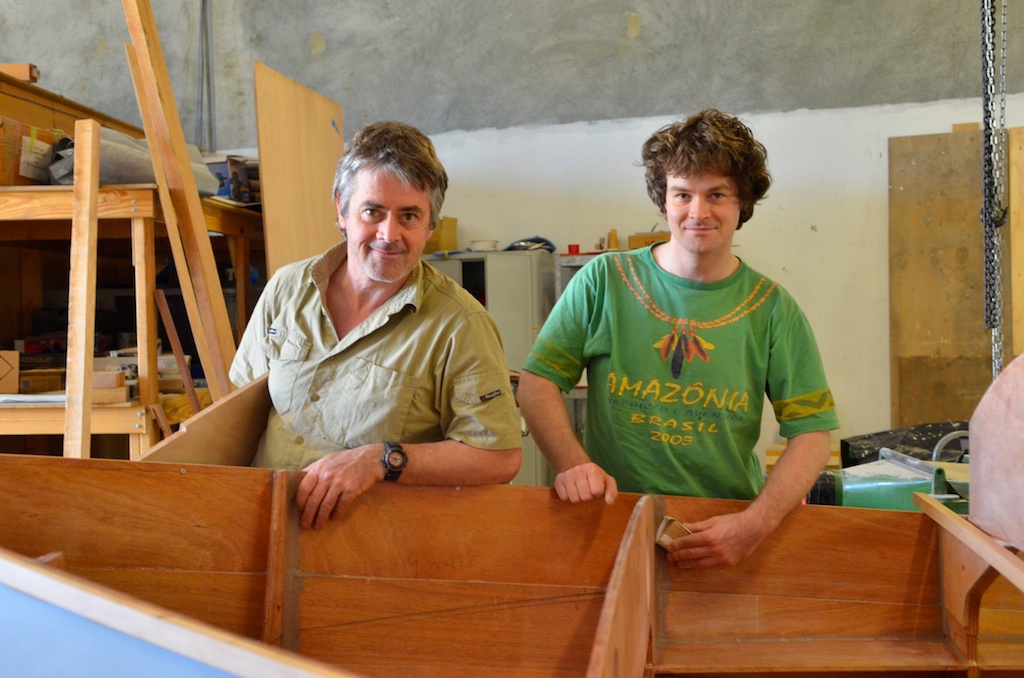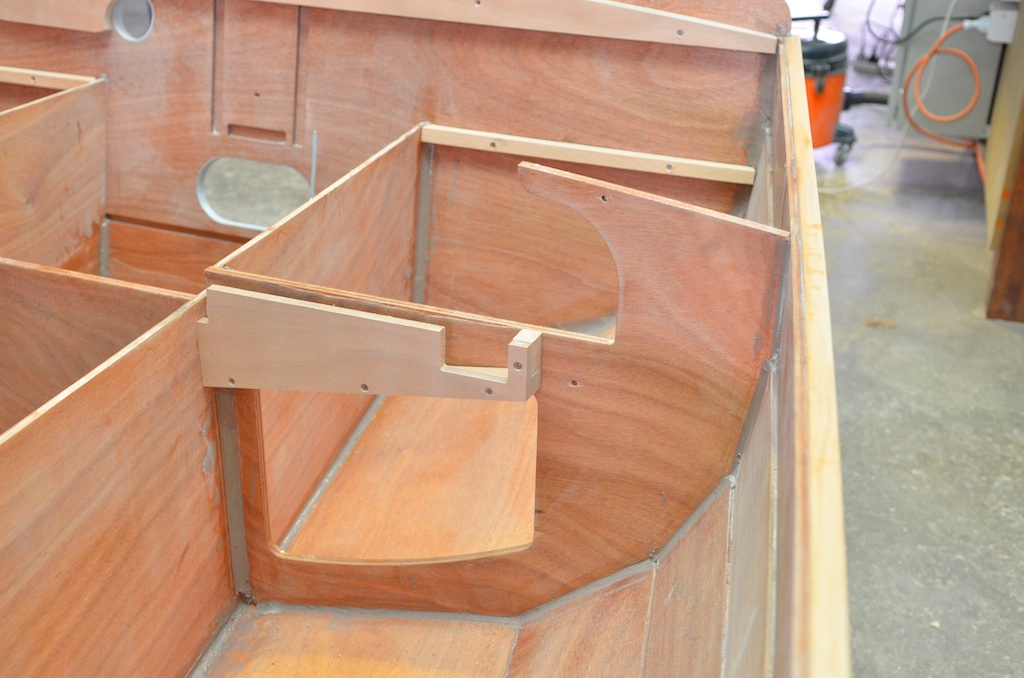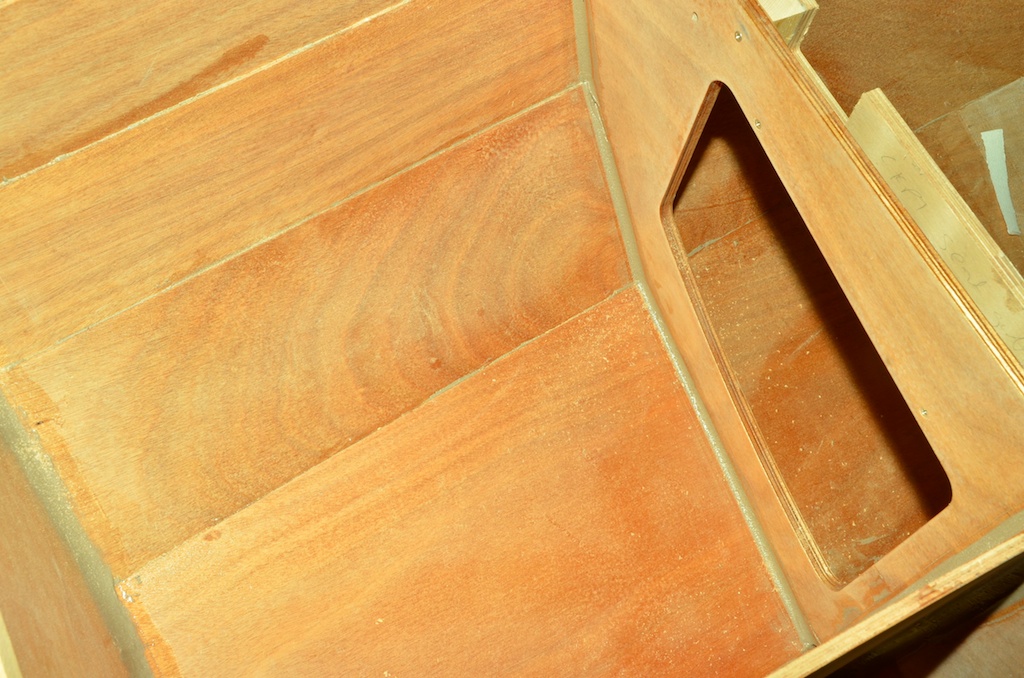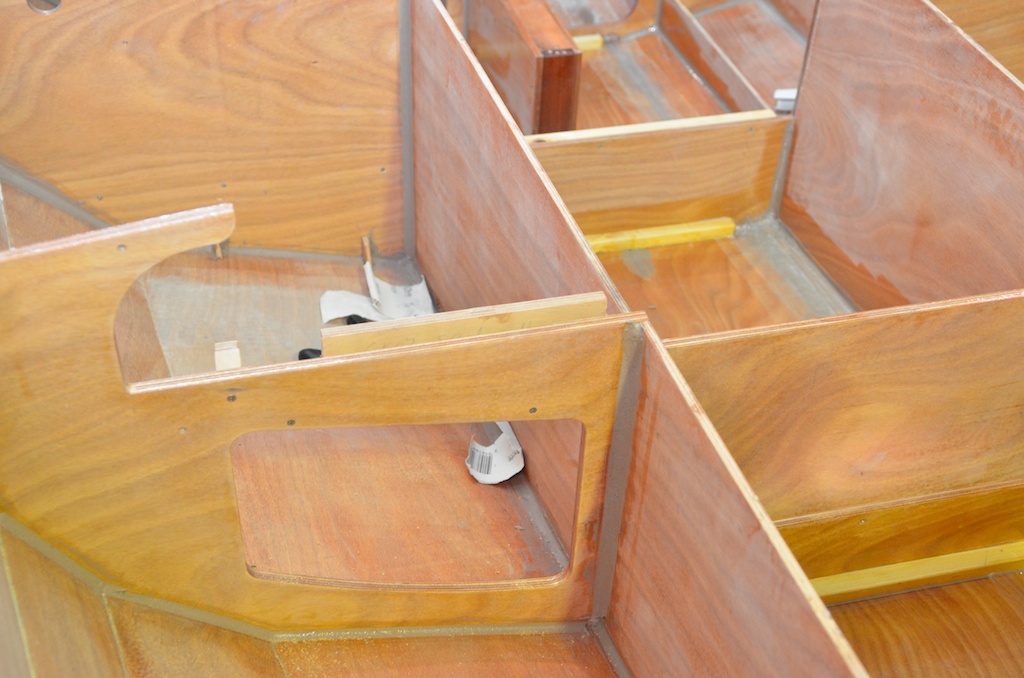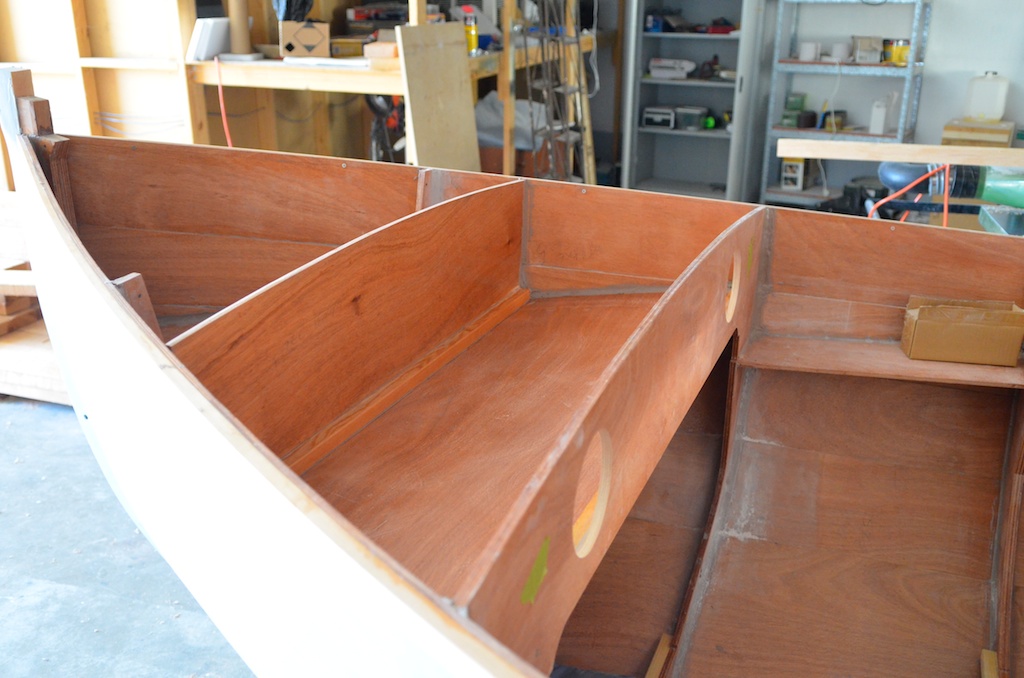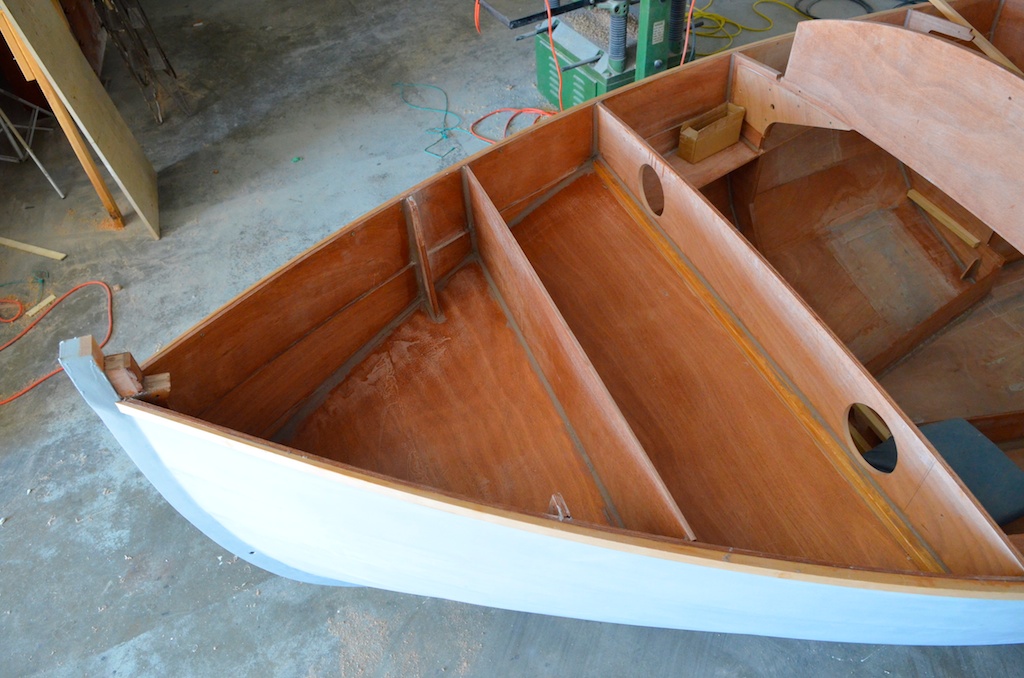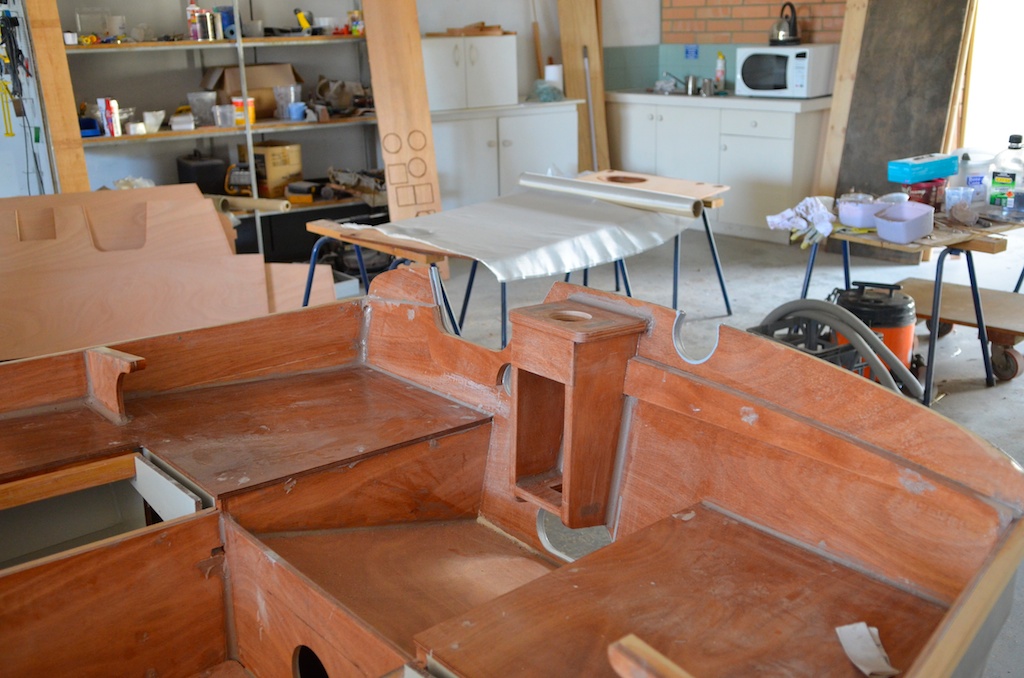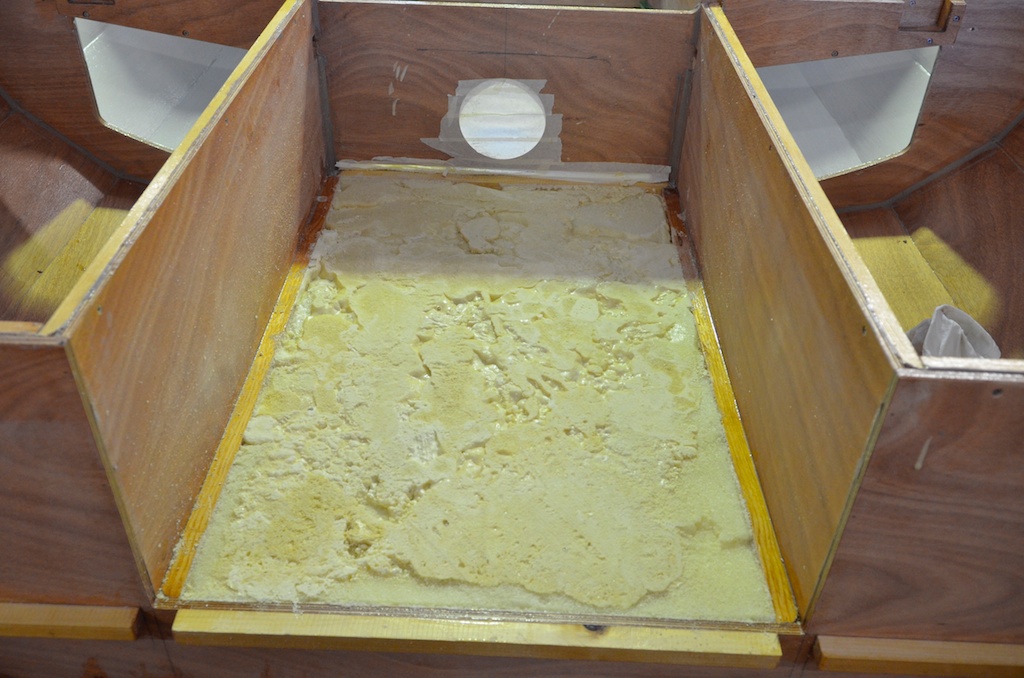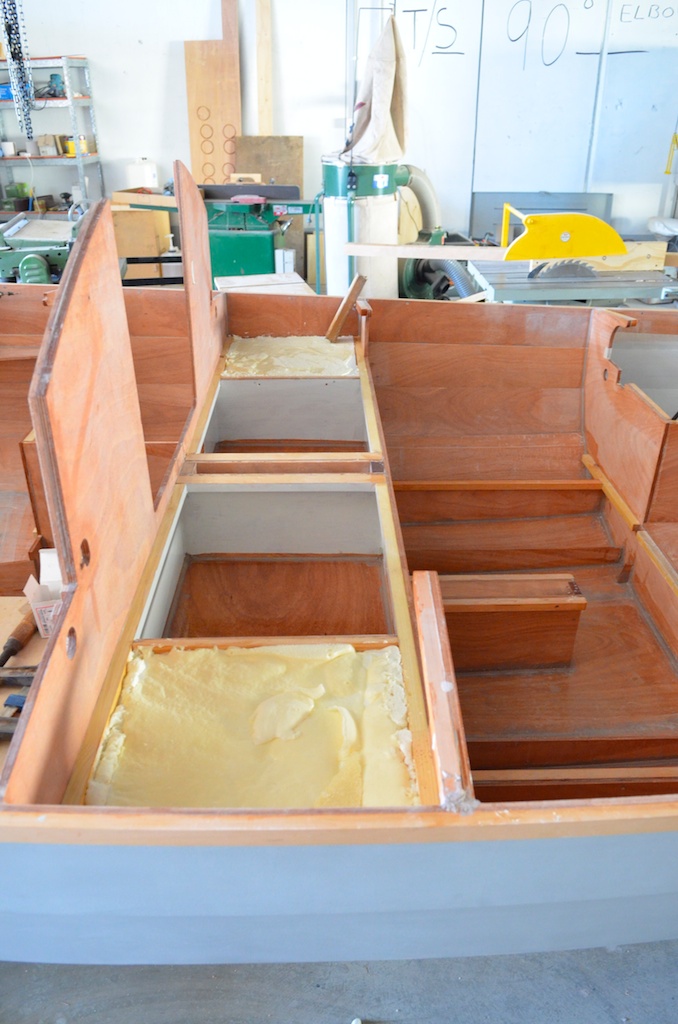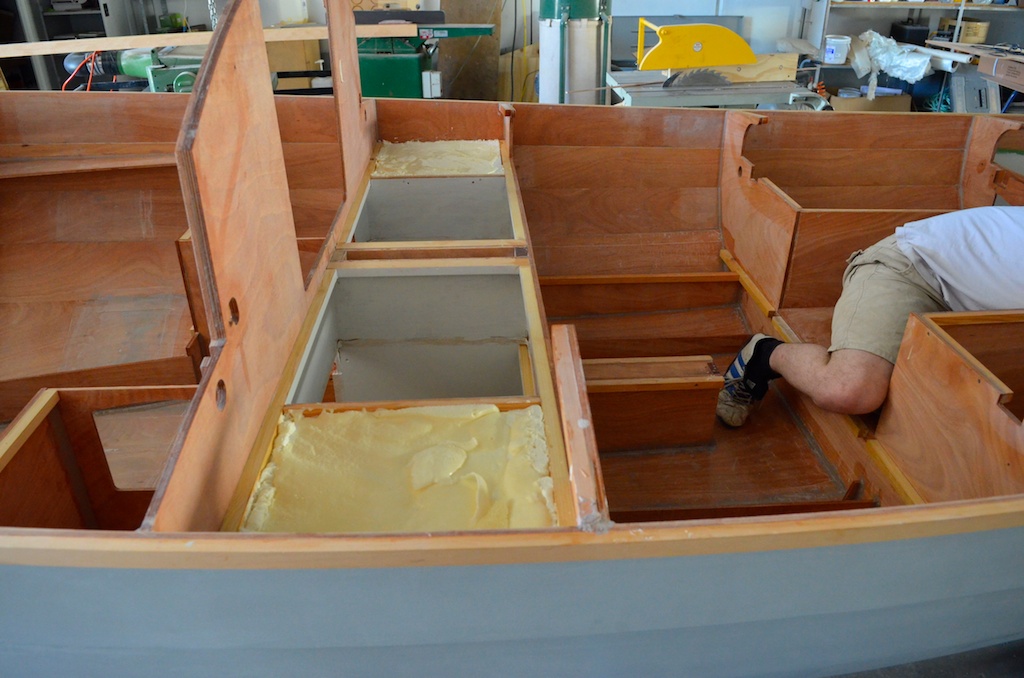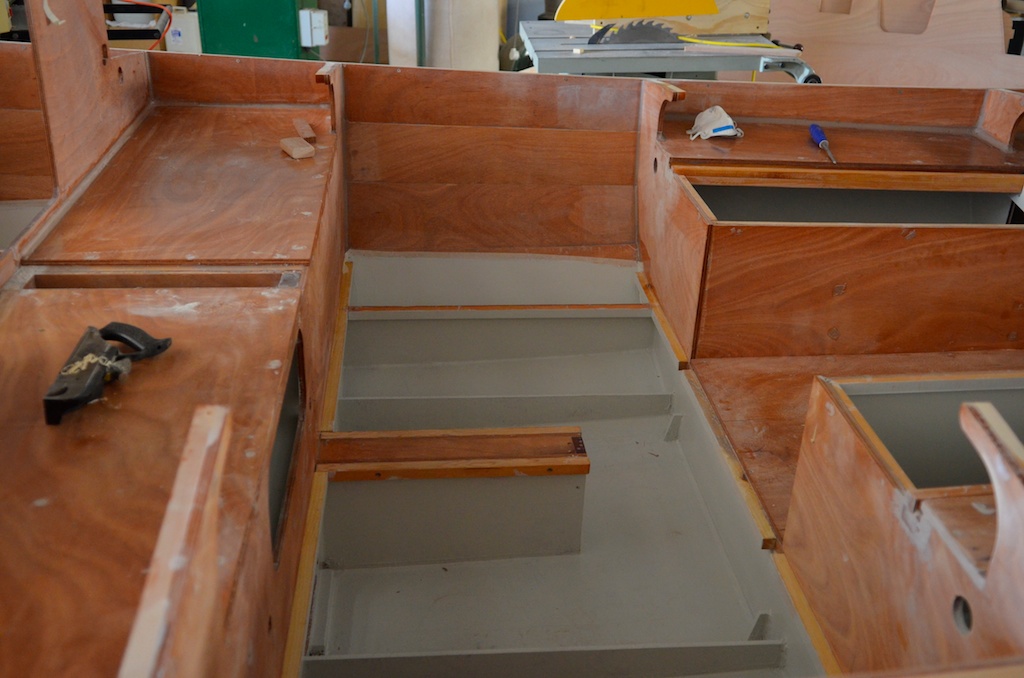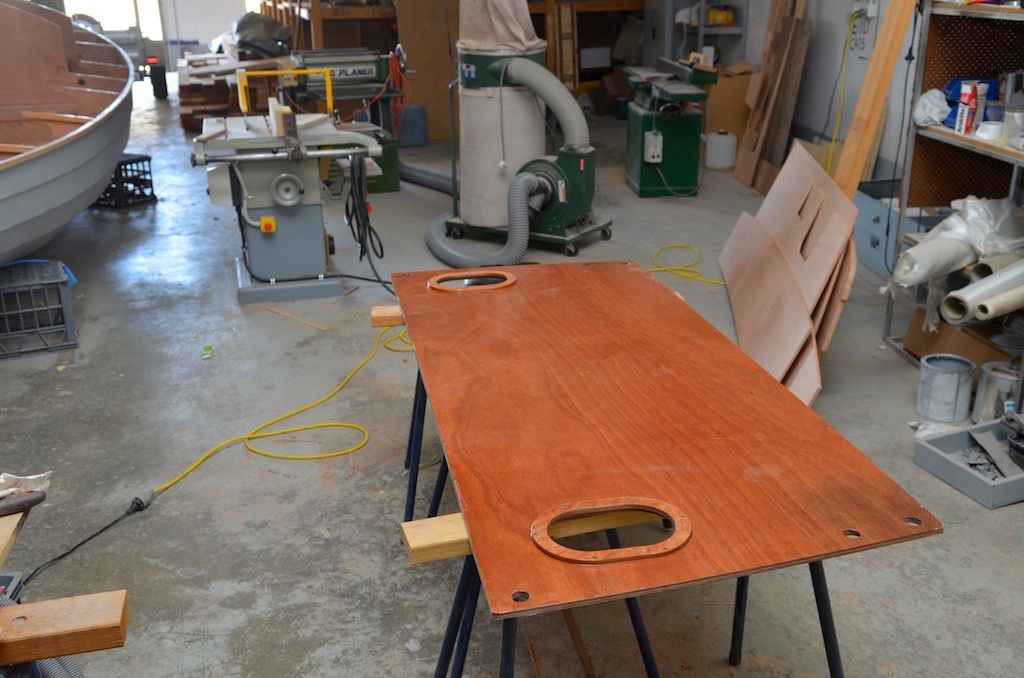NEW CNC
tony o'connor
Proud an all as I was of building my own cnc machine I had reached a stage where a faster machine was needed so given the interest in Francois Vivier kits I decided to buy a new commercial machine. It was a long process having it built and shipped and then commissioning here but it is now up and running and I am pleasantly surprised how fast it is. It also has a vacuum table which means no need for clamps and weights to hold down materials , which was a pain and occasionally the cutter would hit one and ruin the work and the cutter.






















